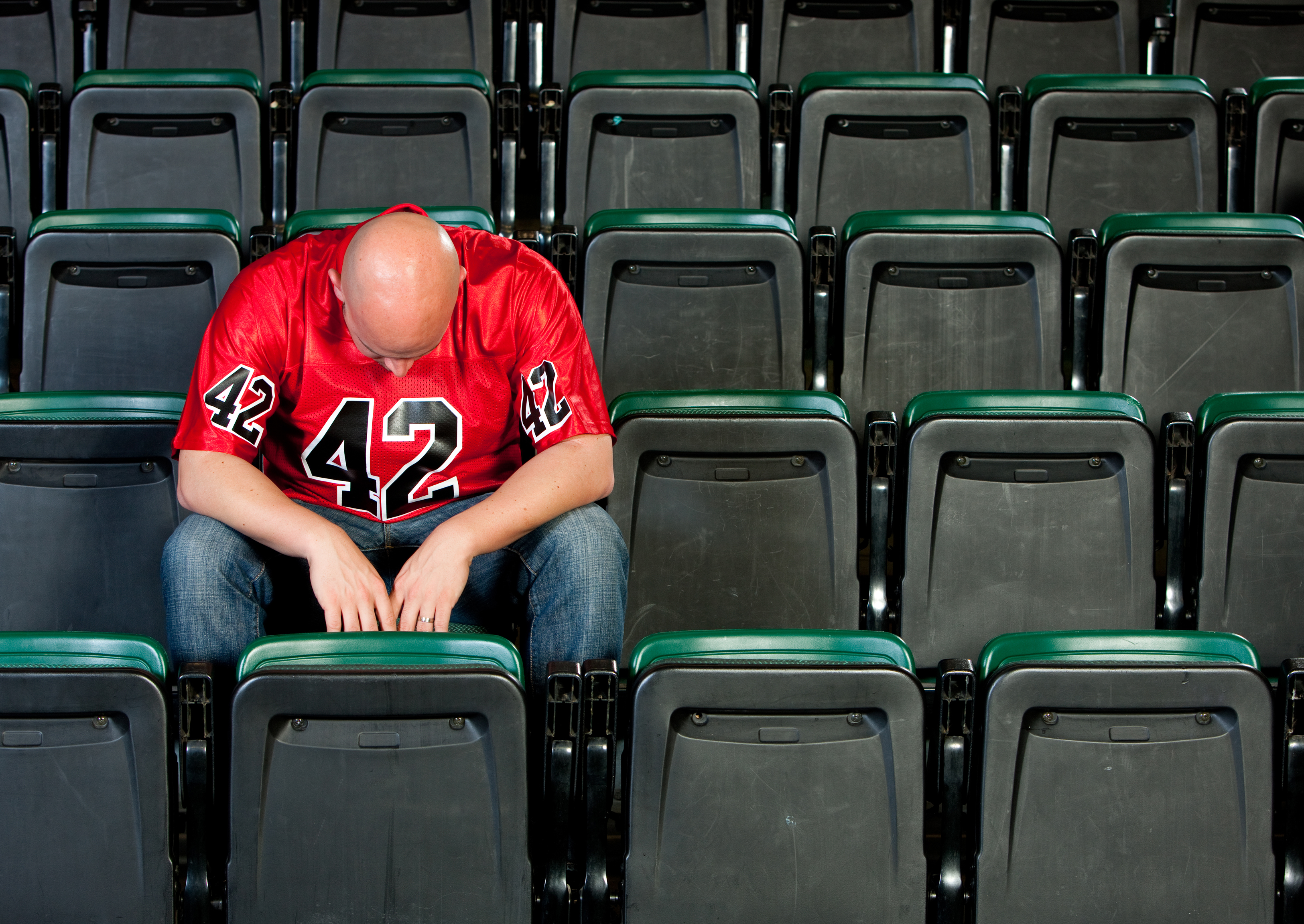- 3 Minutes to read
- DarkLight
Sports and Action Photography
- 3 Minutes to read
- DarkLight
Great action photography can take a lot of skill, understanding of the sport being photographed, and good equipment to produce, but this shouldn't be a barrier to thinking you can't get good images for your yearbook.

Pre-Planning Is Essential
If you can, it's worth checking out the location of the shoot beforehand. Look to see where the best vantage points are and assess how far away from the action you will be. It's always a good idea to familiarize yourself with the rules of the sport you're photographing...that way you can anticipate where some of the action will be and make sure you're in the right place at the right time. You'll also be able to pick the peak shooting points of the action, a moment that typifies the activity. For example, in golf, it's the end of the swing at the moment of contact with the ball.
What is the Best Shutter Speed for Action?
To freeze the action and capture super sharp shots, a fast shutter speed is essential. Start with a minimum of 1/500th of a second for most action scenes. For extremely fast-moving subjects, you may need to go faster, up to 1/2000th of a second or more.
If you want to try some extra creativity (when you know you have the shots you need), try the panning technique. This involves moving your camera along with the subject's motion while using a slower shutter speed, typically around 1/30th of a second. The result is a sharp subject against a blurred background, conveying speed and motion.
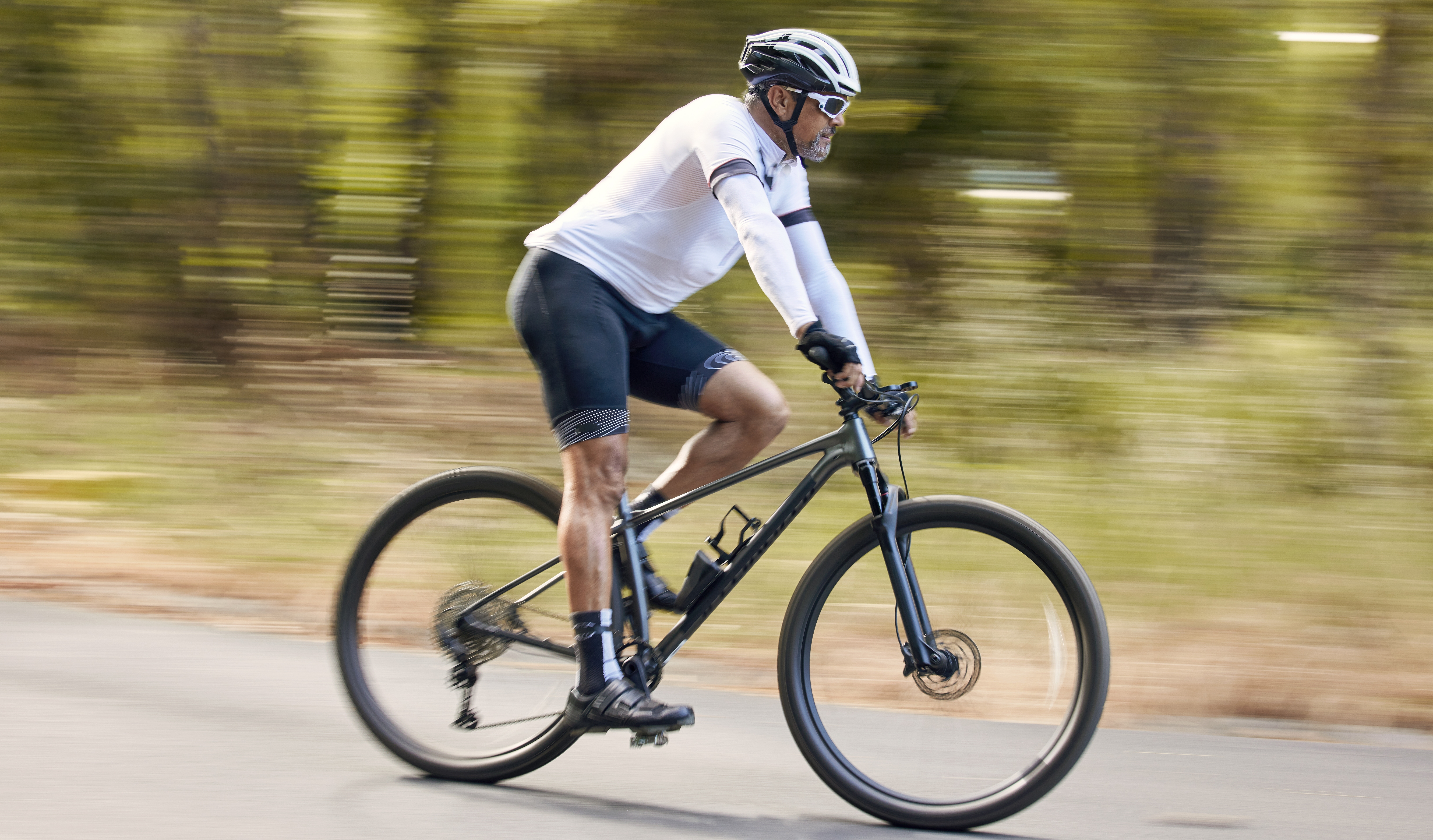
What is the Best Aperture to Use?
In action photography, if you want to create a dramatic effect and make your subject stand out, you'll want to use a wide aperture (a low f-stop number like f/2.8). This also allows for faster shutter speeds in low-light situations.
If you want to capture the action in a broader context, like group activities or when you want to showcase the environment, a narrow aperture (a high f-stop number like f/16) can be useful.
It's All About Timing
Capturing the perfect action shot will often come down to timing, and this is where pre-planning and understanding the sport and subject comes into play. Being able to predict when the most exciting moments will occur is essential!
Using your camera's burst mode to capture a series of shots in quick succession increases your chances of getting the perfect action shot.
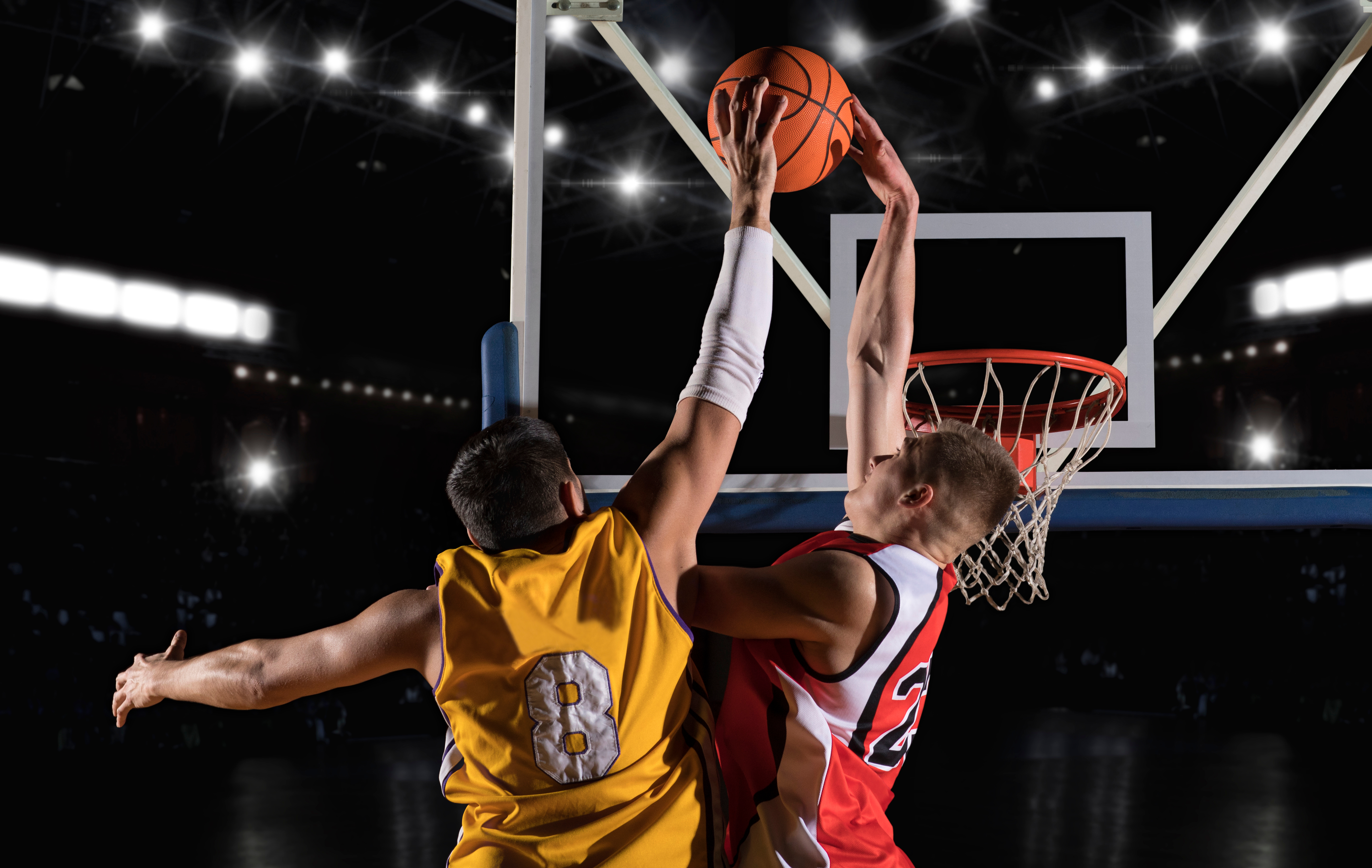
Helpful Equipment
Your choice of camera plays a significant role in capturing sports and action photography. Yes, smartphones can capture decent action shots, but we said decent. A DSLR or mirrorless camera is best for more control over settings.
You want to make sure that you have the best lens as well. A telephoto lens with a focal length between 70mm and 200mm is a great starting point, which will allow you to zoom in from a distance. A fast lens with a wide aperture, like f/2.8 or lower, is best. They can be expensive, so if you're not sure if your school will use it enough to justify the cost, renting one is a good option.
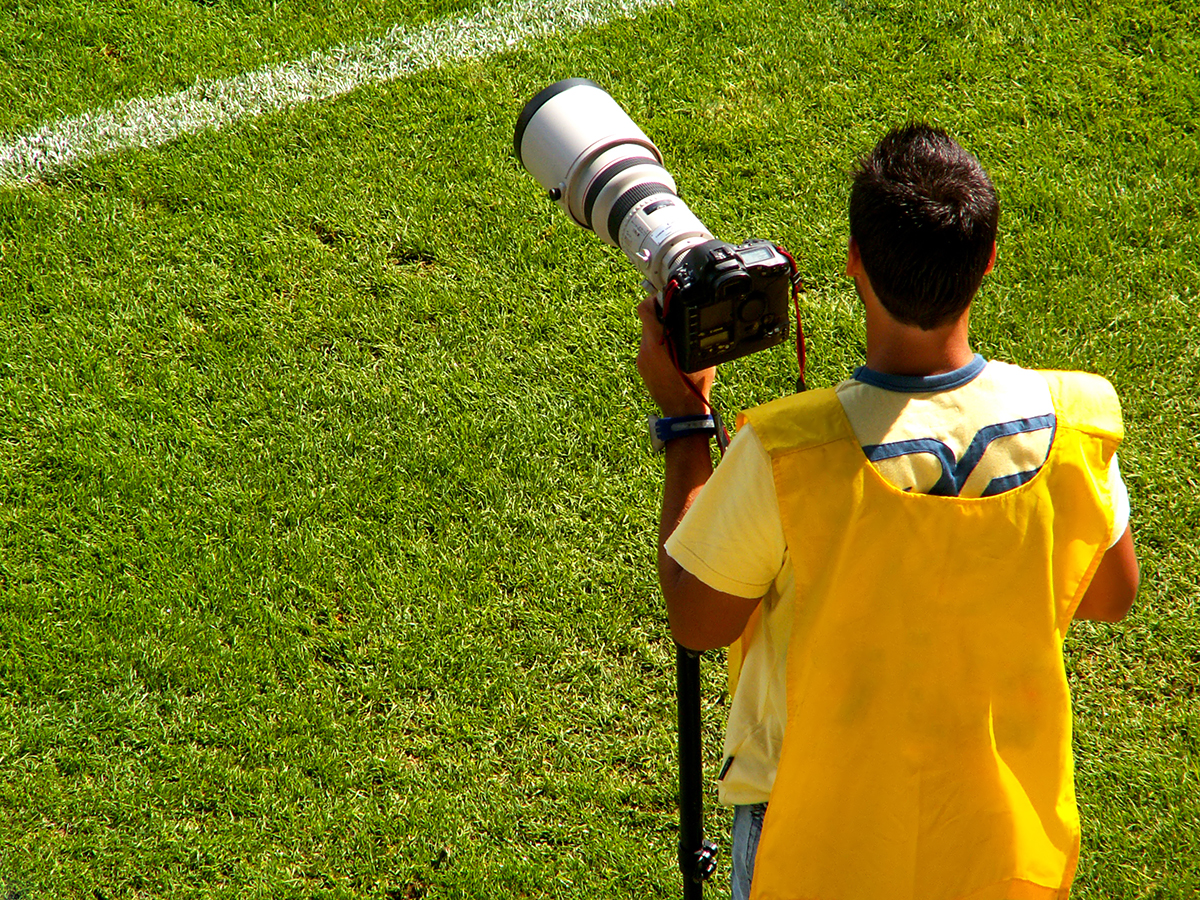
Arriving At the Event
Just because you have a camera in your hands doesn't mean you can go wherever you like when you like. When you arrive, be sure to introduce yourself to the official organizers. They will tell you where you can stand and where you can't. Ask if they can give you access to areas that spectators can't go, like a tower, catwalk, or on the sidelines. Check to see if you can access the locker room before, during, and/or after the game.
Arriving early (and leaving late) also allows you to photograph warm-ups, fans getting excited outside the venue, the reaction of the fans after the game, etc.
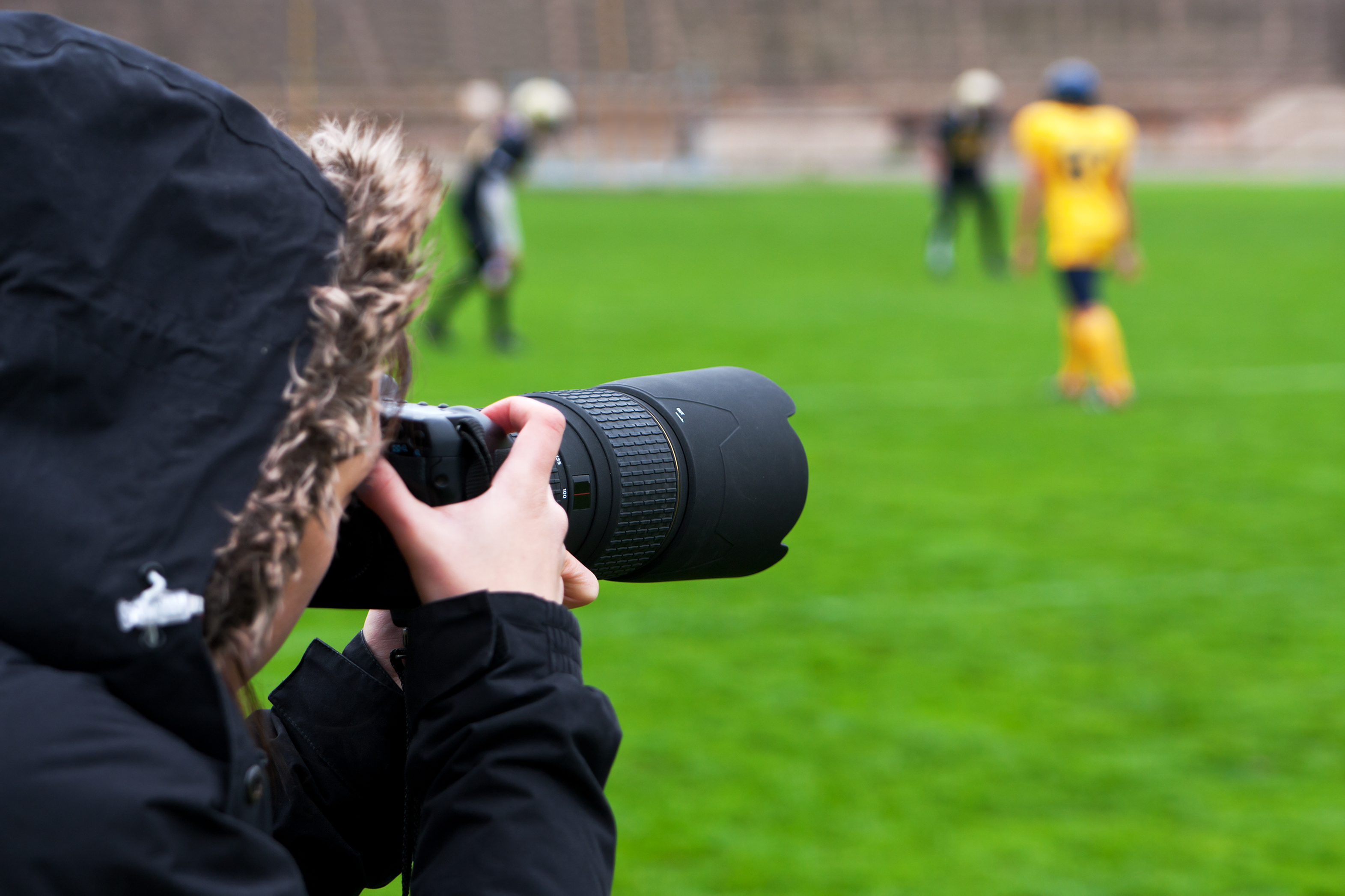
And Speaking of the Fans...
Don't forget about them, as they're as crucial to the gams as are the players! Pay attention to the action, but also the reaction, both from the fans as well as the players. Capturing the emotional moments tells the full story of the win and the loss.
